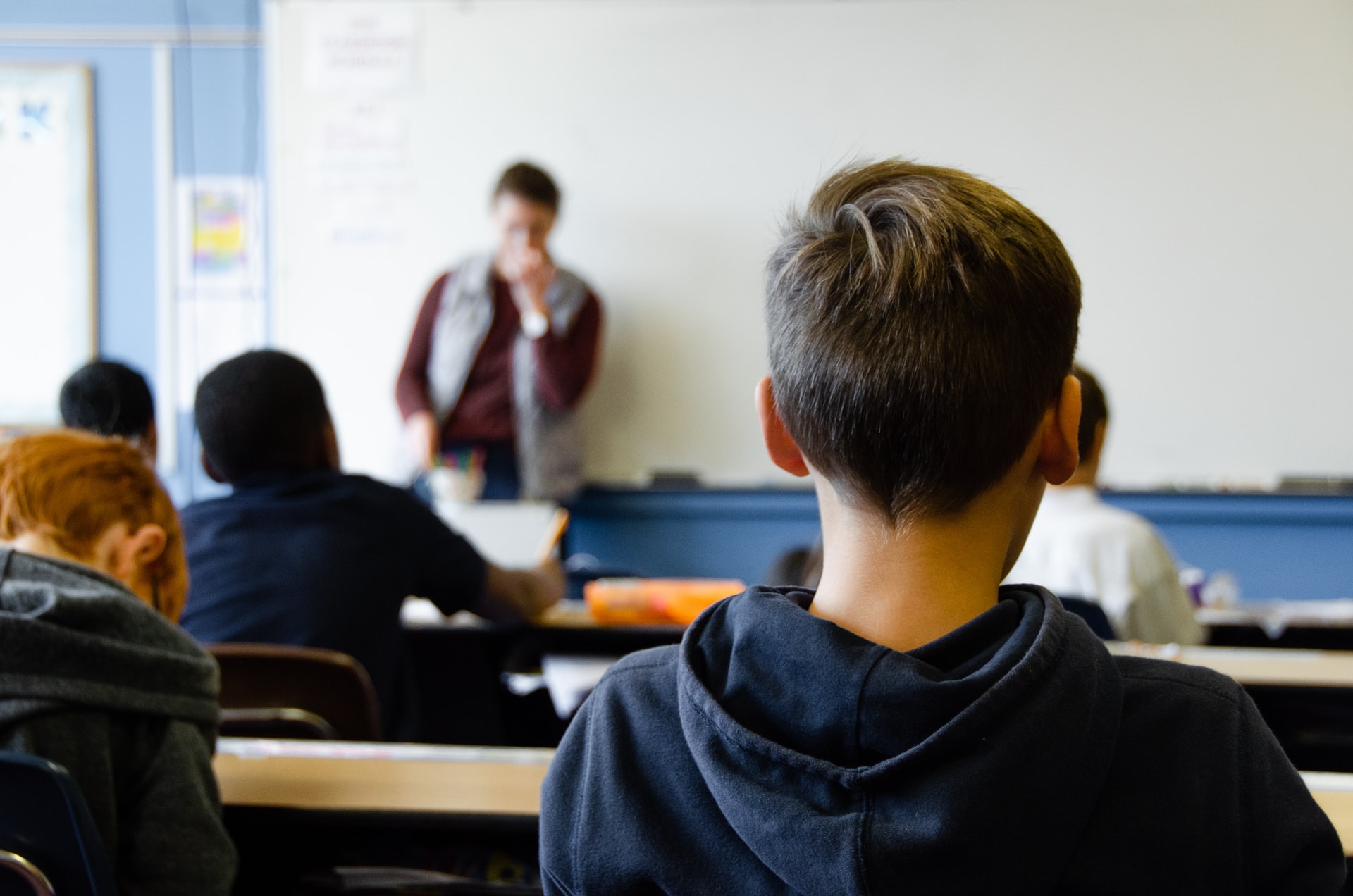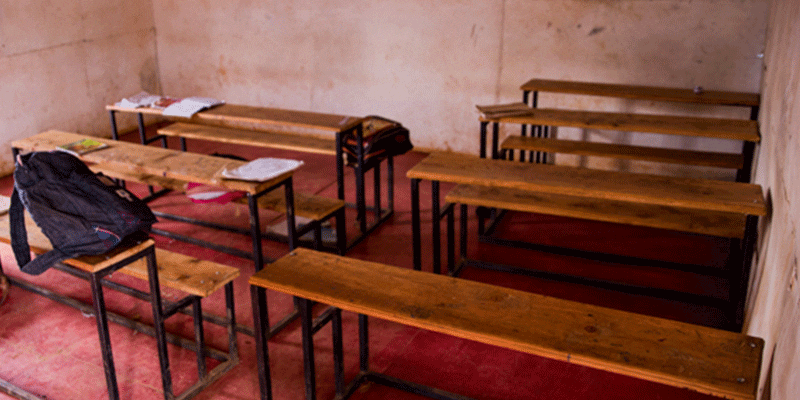This article was written by Steve Besley for Oriel Square and originally published on the Oriel Square website on 22nd July 2020.
The UK Government has released a huge amount of information for schools in recent weeks. Here, Steve Besley looks at five of the most recent to see what they mean.
Back to school, but questions remain
The government is determined that all year groups should be able to return to school full time from the beginning of the autumn term. The Education Secretary even flaunted his ‘concrete determination’ that it would happen, but it won’t be simple for at least three reasons:
- First, because – as ASCL general secretary Geoff Barton put it – the logistics involved are “mind-boggling”. The government’s guidelines read like a massive military exercise with the onus very much on school leaders. Everything from updated risk assessments, to the provision of sanitizers, to classroom arrangements, corridor movement, the deployment of staff and much more hinges on some difficult leadership decisions.
- Second, the system controls for health prevention and response, while obviously important, look very demanding. For example, suggesting that adults maintain a 2-metre distance from other adults and children may sound reasonable on paper, but ignores the intensity and reality of many schools. Staggered break and lunchtimes are obvious pressure points but it’s the wider issues – such as suggesting pupils play musical instruments back to back to avoid infection – that bring home the reality of what’s involved.
- Third, there’s some important curriculum work to be done before schools can be fully functional. Although the government doesn’t expect the ‘normal’ curriculum to be fully in place until summer 2021, it is expecting what it calls “an ambitious and broad curriculum in all subjects from the start of the autumn term”. Difficult decisions about initial assessments, KS3 subject content, curriculum balance at KS4, remote learning options, autumn exams, and 2021 exams all need to be made. These would be challenging in a normal school year.
Will they return to shiny new buildings?
Not yet at least. The government has promised a £1bn+ ‘transformative rebuilding programme’ for schools and colleges as part of the Prime Minister’s ‘build, build, build’ New Deal but we won’t know the details until later this year. Even then, as has been pointed out, the money on offer is well below the £6.7bn projected by the National Audit Office three years ago. On a positive note, some money (£560m to be precise) will be released straight away for urgent repairs and upgrading, and this does at least signal recognition – after six years of scarcity – of the need for building work.
Two further points are worth making. First, the pandemic has reset some of the requirements for schools. Movement and spacing are obvious examples, but also consider hot-desks for remote learning, let alone space for welfare and recovery. Second, environmental issues are now hugely important; heating, lighting, ventilation and so on need to reflect green developments. Patching up leaky roofs is obviously a priority, but future school design needs considering too.
Where are we with exams and assessments?
This has been one of the most difficult areas to tackle during the pandemic. Let’s start at the beginning and work up. We know that the primary pupil assessments including the baseline assessment, the phonics check, multiplication check and KS1 and KS2 assessments have all been postponed to next year. The standardisation for this year’s KS4 and 5 exams is underway – Ofqual and the awarding organisations have been working hard on the processes for this for some time and exam results will be announced on August 13 and 20 respectively.
A full suite of GCSE, AS and A’ level exams will also be held this autumn, with a timetable of exams announced for AS and A levels in October and GCSEs in November. There had been some concern that offering a full suite could place an enormous burden on schools and colleges, let alone students, but Ofqual reported there was strong support for it in its consultation.
Then we come to next summer’s exams which the government remains fully committed to offering but where consultation is now underway as to the timing – should GCSEs be pushed back to after half term to allow for extra teaching time for instance? – and nature of the exams – could there be greater optionality for those who haven’t had time to cover everything?
So a lot of work is going on about exams, but again a couple of questions arise from out of the current situation. First, a familiar question but now with new legs: are we doing too many exams? This may bring the exam at age sixteen question back into focus. And second, is this now not an opportune moment to shift more decisively to online assessment? This question was under review before the pandemic and may well return once the dust has settled.
Has the pandemic done anything to change attitudes to learning?
If you ask many parents they may well say the one thing they’ve learned is just how hard teaching can be. But what else have we learned so far from the lockdown? Arguably three things:
- First and most obviously from social media comments, the need for structure. Schools are often praised for the constancy they bring to children’s lives. That constancy and stability has been much in demand in recent weeks and forms the basis for much learning. Staggered starts and year bubbles may make this difficult, but schools offer reassuring structures to enable children to adapt.
- Second, and again obviously, a role for online learning. The full impact of this has yet to be analysed and work from the Sutton Trust, Institute of Education, NFER and others have highlighted the need for a level playing field when it comes to access to technology. The government had hoped to tackle this with its laptop scheme but that, in turn, has highlighted other problems with distribution, connectivity and targeting. Did anyone say a new IT/ digital agency is needed?
- And third, catch-up has emerged as an important factor in recent weeks with the lockdown exposing great gaps in disadvantage among families. Currently, this is focused on mentoring and tutoring with the government embracing the Education Endowment Foundation’s model of a national tutoring scheme which will run at least over the next academic year. Tutoring has largely been a discrete industry so far but assuming this model takes off, it may emerge as part of a core solution.
What about young people?
Lots of people have been under pressure in recent weeks; children, families, teachers, even ministers. But for one group, things appear distinctly difficult and that’s young people, typically 16–24-year-olds. Will their qualifications count? Will they be able to get on to an apprenticeship? Will there be funding for training? What sort of university experience will be possible? And so on.
The Chancellor’s recent Plan for Jobs has helped not least because it has focused on supporting the most vulnerable through funded Traineeships, Apprenticeships and Level 2 and 3 courses, with a big increase in mentoring and careers guidance services. On top of this, the government has promised a White Paper to further address the needs of such young people. For those interested in university, the latest figures from UCAS show record numbers of 18-year-olds applying.
These are all hopeful signs, but two worries remain. First, how long will it take the economy to pick up and provide decent opportunities for young people? And second, have we got a curriculum in place to meet the needs of many of these young people?






